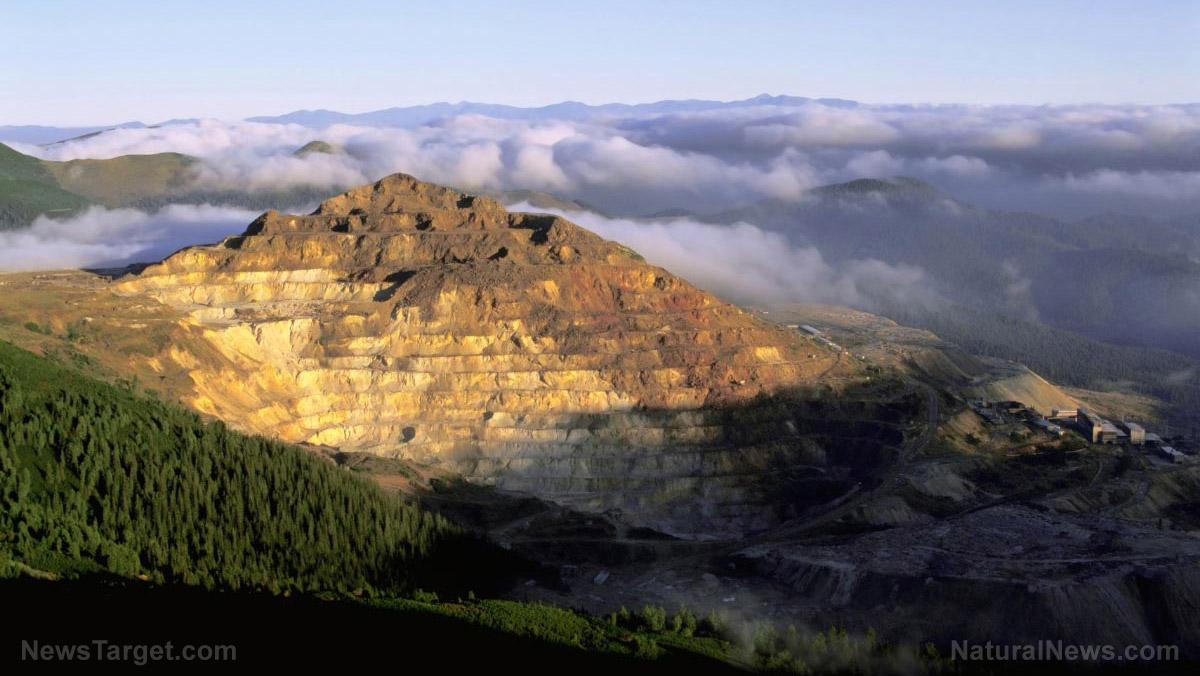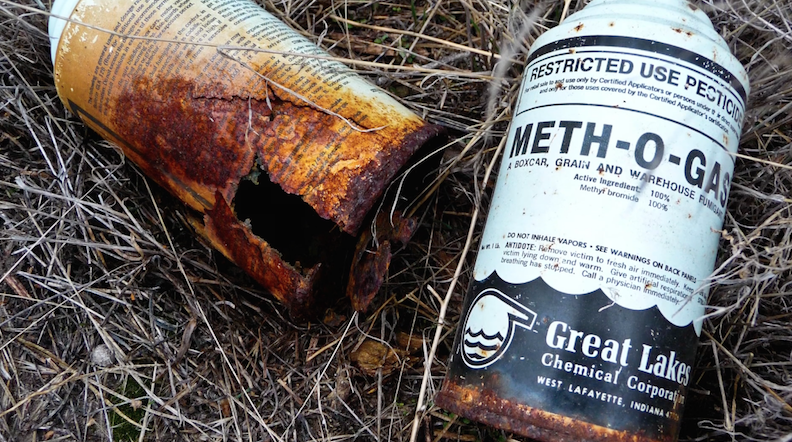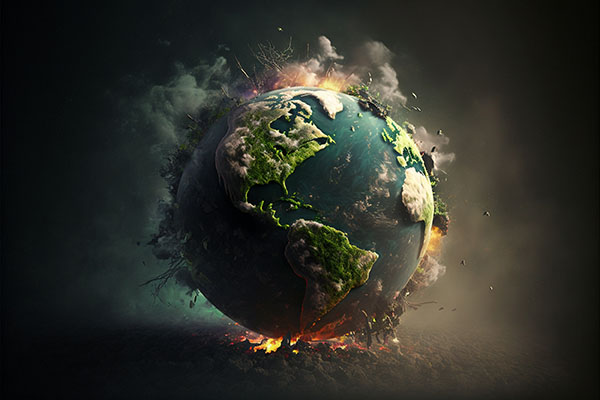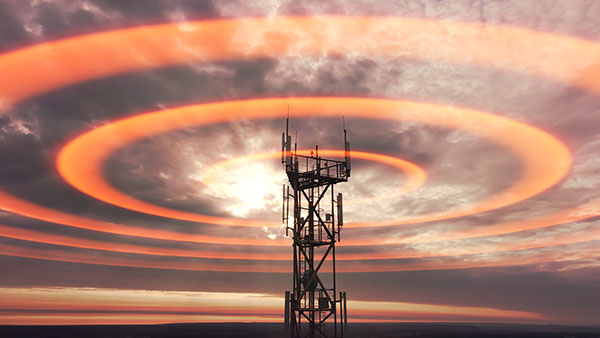Canada’s WILDFIRES choke Miami and South Florida with smoky air and haze
10/09/2023 / By Olivia Cook

The smoky conditions from more than 300 lingering and unrelenting wildfires burning out of control across Canada have drifted to Florida – reaching as far south as Miami, the Canadian Interagency Forest Fire Center (CIFFC) reported.
According to CIFFC monitoring data, Canada’s wildfire season has left a total burned area of over 18.4 million hectares (45.5 acres) this year, about 6.5 times Canada’s 10-year average burned area.
The smoke, which was also visible from the Florida Panhandle to Jacksonville, shrouded much of the Sunshine State. This led to hazy conditions and air quality that had been rated “unhealthy” by AirNow on Tuesday, Oct. 3.
“When air quality reaches unhealthy levels, everyone must take precautions, especially those with pre-existing medical conditions,” said Emergency Room (ER) Medical Director Dr. Sarah LaRosa, at HCA Florida University Hospital.
People and children who have a long history of lung problems, like asthma, chronic obstructive pulmonary disease (COPD) or any other lung conditions and respiratory illnesses, were urged to stay indoors until the air quality improves. (Related: Ways to keep indoor air clean when there’s wildfire smoke in your area.)
Hidden health risks of wildfire smoke
Wildfires expose the population to environmental and health hazards – from the combustion of natural organic matter due to the fire itself to air pollution from smoke and byproducts of combustion, such as ash.
Additionally, when wildfires move into communities, toxic chemicals can be released from burning structures and furnishings – from household cleaners and plastics to asbestos sidings.

University of California San Francisco (UCSF) professors of medicine Dr. Arianne Teherani and Dr. Sheri Weiser explain that the bulk of wildfire smoke is composed of particulate matter, which is about 30 times smaller than a human hair. Exposures to these fine particles can affect both healthy people and those with pre-existing medical conditions.
Healthy people exposed to high concentrations of air particulate pollution for days or weeks can experience breathing difficulty, eye irritation, persistent cough, phlegm, pulmonary inflammation, respiratory irritation, transient reductions in lung function and wheezing.
Additionally, hazardous air pollutants (HAPs), also referred to as toxic air contaminants (TACs) by the California Environmental Protection Agency (CalEPA), are also present in wildfire smoke, which may contribute to adverse health effects in infants, children, pregnant women and their fetuses, elderly persons, persons engaging in physical activity and those with existing lung, heart or liver diseases.
According to data from the Stanford Environmental Change and Human Outcomes Lab, the average person in the U.S. has been exposed to far more smoke-related air pollution in 2023 than during any other year since 2006.
Why Canada can’t simply put out all the fires
Daniel Perrakis, a fire research scientist with the Canadian Forest Service in British Columbia, said Canada most certainly does not have enough firefighters for the wildfires – many of which have sprung in very remote areas.
Quinn Barber, a fire science analyst at the Canadian Forest Services in Alberta, said that almost half of Canada is forest – remote and untouched wilderness with no road access or any of the infrastructure needed to support firefighting activity.
Driven by strong winds, wildfires can spread out 50 to 70 meters (about 164 to 230 feet) a minute in those perilous locations. “What’s important to understand is that the only fires that are allowed to burn are those which do not threaten human lives, communities or other critical values,” Barber said.
A 2020 paper about wildfire management in Canada stated: “All provinces follow one rule above all – the No. 1 priority is human life and safety. There are other protected values, such as communities, infrastructure, and natural resources and environmental values. If a wildfire doesn’t put those values at risk, it could be monitored and left to burn.”
Visit Disaster.news for more stories like this.
Watch the following video about Canadian wildfire smoke in Black Mountain, North Carolina.
This video is from the Mary Hollowell channel on Brighteon.com.
More related stories:
Canadian wildfire smoke continues to affect air quality in US cities.
Smoke from Canadian wildfires darkens skies, triggers health warnings for millions.
Just one day of bad air can negatively affect children’s health, caution scientists.
Sources include:
Submit a correction >>
Tagged Under:
This article may contain statements that reflect the opinion of the author




















